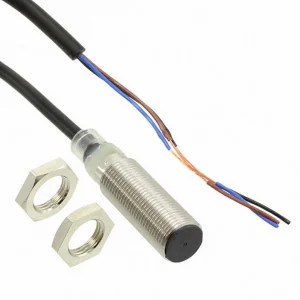Boosting Output and Reducing Downtime – The Efficiency Edge of Rock Crushers
Rock crushers are fundamental to mining, construction, and aggregate industries, playing a vital role in the processing of raw materials. These machines are specifically engineered to break down large rocks into smaller, manageable pieces for further use. One of the key advantages of modern rock crushers is their ability to significantly boost output while simultaneously reducing operational downtime. This efficiency edge is crucial in industries where productivity, cost management, and time are major factors influencing success. With the demand for construction materials continuously on the rise, the need for reliable and high-performing equipment like rock crushers has never been more pressing. Efficiency in rock crushers comes from advancements in design, automation, and material strength. Modern rock crushers are equipped with powerful motors, precision-engineered components, and sophisticated control systems that allow operators to monitor and adjust performance in real-time. These features ensure optimal crushing conditions, helping to maximize output per hour.
Some crushers are designed to handle a variety of materials ranging from soft limestone to the hardest granite without sacrificing speed or performance. This versatility eliminates the need for multiple crushing units on-site, streamlining operations and reducing capital and maintenance costs. One major contributor to reduced downtime in today’s rock crushers is automation. Intelligent control systems can detect anomalies or changes in crushing conditions, such as variations in feed material or blockages, and respond quickly to prevent mechanical failure. Predictive maintenance features alert operators to potential issues before they become costly problems. By anticipating and addressing these maintenance needs early, companies can avoid unexpected shutdowns and extend the operational lifespan of their machines. Some systems can even automatically adjust settings to compensate for wear and tear on internal components, maintaining consistent output over longer periods. Durability also plays a key role in minimizing downtime. Many sag mill vs ball mill is built using high-grade steel and wear-resistant materials, particularly in critical components like jaws, mantles, and liners. These enhancements reduce the frequency of part replacements and increase the time between scheduled maintenance intervals.
In high-volume operations, this translates to more material processed with fewer interruptions an essential factor in meeting tight deadlines and production targets. Additionally, manufacturers now design rock crushers with easier access to parts and simplified maintenance procedures, allowing crews to conduct repairs quickly and safely. The energy efficiency of rock crushers has also improved over the years. With increasing focus on sustainability, newer models consume less power while maintaining high levels of performance. This not only reduces operational costs but also contributes to a smaller environmental footprint. By cutting down on fuel or electricity usage, businesses can align their production with green initiatives without compromising on output. The efficiency edge of modern rock crushers lies in their ability to increase production, reduce downtime, and minimize costs through advanced technology, automation, and durable construction. These improvements are transforming the way industries approach material processing, allowing companies to remain competitive in an increasingly demanding market. Whether in mining, quarrying, or recycling, rock crushers have become indispensable tools for delivering consistent, high-quality results while optimizing every stage of the crushing process.



